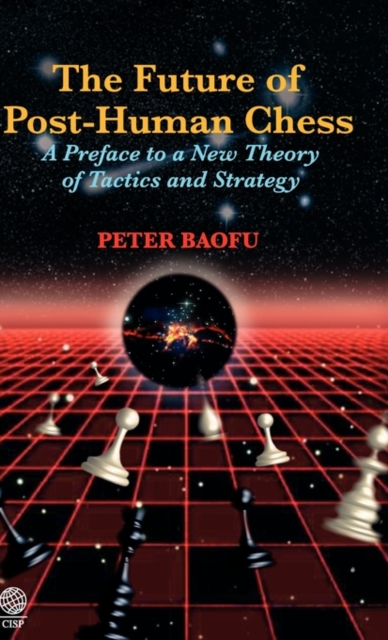CITESTE MAI MULT
Detalii
Descriere RO
Is chess really so mechanical that it is, for some chess scholars nowadays, “a set of mathematical rules that obey basic laws of physics”—especially when the chess engine famously known as “IBM Deep Blue” beat the world chess champion Gary Kasparov in a series of chess matches in 1997?This popular chess sensibility can be contrasted by an opposing one in the older days, when many computer-skeptics “found it very, very hard to believe chess engines could ever replace or imitate the best of human chess thinking” or “believed the strongest human grandmasters would always be able to outplay computers when all tactics had been drained out of the position.” (A. Moll 2009). Contrary to these two opposing chess sensibilities (and other views) on the nature of chess (and its future), the strategy and tactics used in chess are neither so physically mechanical nor artistically subjective to the extent that their respective defenders would like us to believe. But this unorthodox challenge to the two opposing chess sensibilities (and other views) does not logically imply that chess is therefore an uninteresting board game, or that chess studies are useless. Of course, neither of these two extreme views is reasonable either. Instead, this book provides an alternative (better) way to understand the future of chess, especially in the context of strategy and tactics—while learning from different approaches in the literature but without favoring any one of them (nor integrating them, since they are not necessarily compatible with each other). Thus, this book offers a new theory to go beyond the existing approaches in the literature on chess in a new way not conceived before. This seminal project is to fundamentally alter the way that we think about chess, from the combined perspectives of the mind, nature, society, and culture, with enormous implications for the human future and what the author originally called its “post-human” fate
EdituraCambridge International Science Publishing
Dimensiuni218 x 145 x 37
Data Publicarii05/01/2011
Format
Numar pagini466
Aceasta este o carte in limba engleza. Descrierea cartii (tradusa din engleza cu Google Translate) este in limba romana din motive legale.
Sahul este intr-adevar atat de mecanic incat este, pentru unii savanti ai sahului din zilele noastre, „un set de reguli matematice care respecta legile de baza ale fizicii” - mai ales cand motorul de sah cunoscut sub numele de „IBM Deep Blue” l-a invins pe campionul mondial de sah Gary Kasparov in o serie de meciuri de sah in 1997? Aceasta populara sensibilitate a sahului poate fi contrastata de una opusa in zilele mai vechi, cand multi sceptici ai computerului „au gasit foarte, foarte greu sa creada ca motoarele de sah ar putea inlocui sau imita cele mai bune sahuri umane gandirea ”sau„ credea ca cei mai puternici maestri umani vor fi intotdeauna capabili sa depaseasca computerele atunci cand toate tacticile au fost eliminate din pozitie ”. (A.

